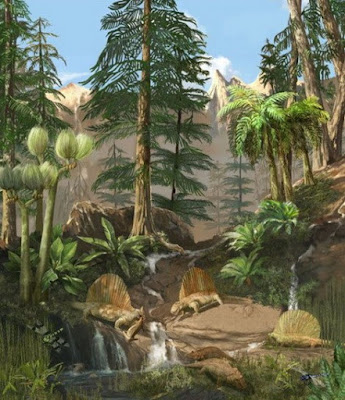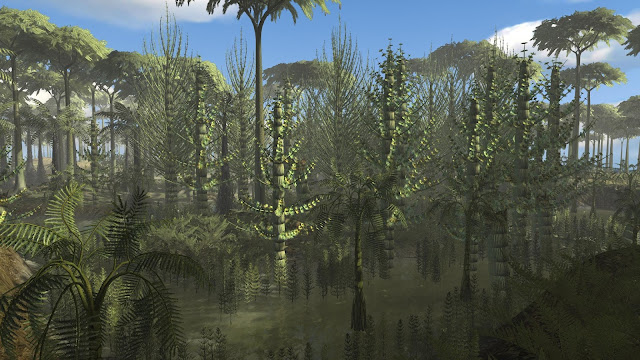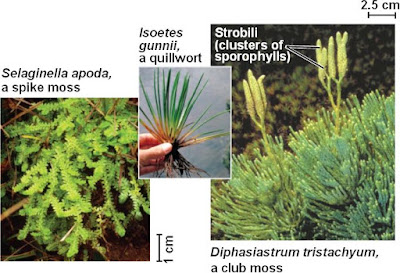A change in prehistoric climate, brings a transformation of the landscape. The arrival of gymnosperms & dinosaurs.

Throughout the Permian period, which marked the conclusion of the Paleozoic era and the commencement of the Mesozoic era, the earth’s climate changed from warm, moist and humid, to cooler and much drier (Rost 1998). During this period, known as the dinosaur era, the dominance of seedless vascular plants throughout the prehistoric landscape came to an end. Artist impression of Gymnosperms and dinosaurs during the Mesozoic era Seeded vascular plants are true terrestrial plants (Willis & Mcelwain 2014). With unique life cycles, which allow them to thrive in much drier climatic conditions, seeded vascular plants are much less reliant on free water than seedless vascular plants. Much like amphibians, seedless vascular plants relied on wet and moist conditions for the success of their reproductive cycles (Rost 1998). The evolution of the ovule, the seed, and pollination, allowed for the successful radiation of gymnosperms throughout the Mesozoic era and into our curren...

